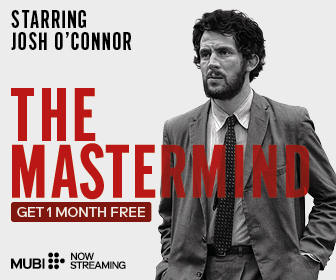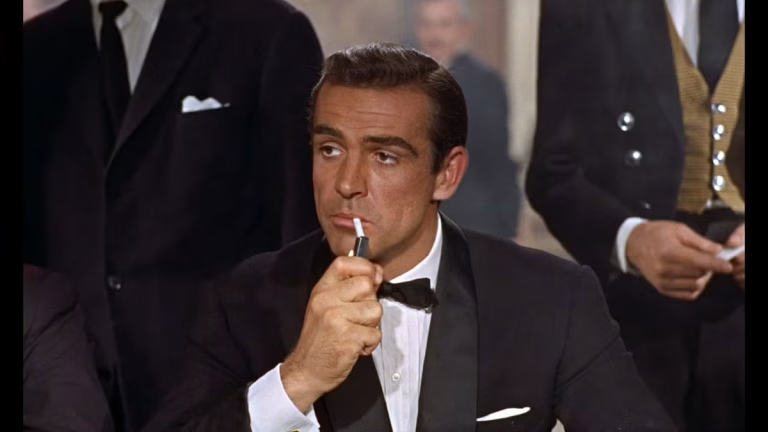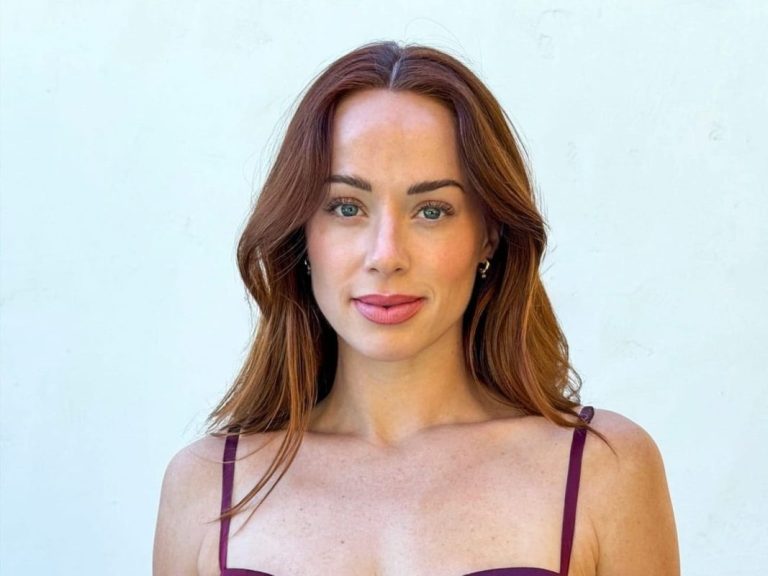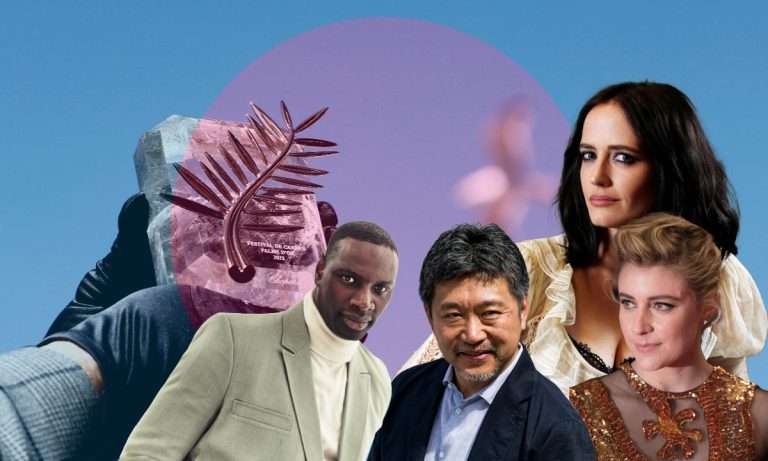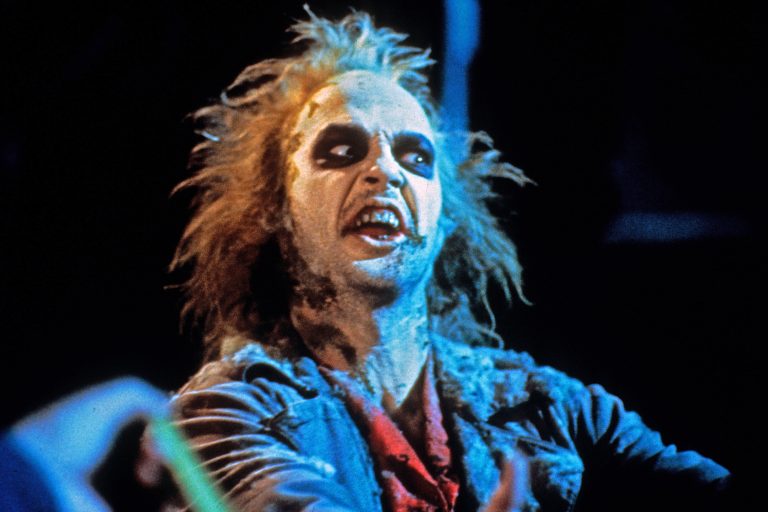When Dhadak 2 arrived on Netflix last month, it carried the weight of skepticism and early criticism that had followed the project since its announcement. Directed by Shazia Iqbal and starring Siddhant Chaturvedi and Triptii Dimri, the film reimagined the 2018 Dhadak in a fresh social setting, focusing on class divide, gender politics, and emotional vulnerability. However, even before its release, many labeled the sequel as “unnecessary” and a “disaster in the making.”
Shazia Iqbal recently spoke about how painful that period was for her as a filmmaker. She said it was “heartbreaking” to see her work judged before it even reached the audience, calling the entire process of making a mainstream film “extremely difficult.” In this article, we look at what Iqbal said about Dhadak 2’s reception, her experience navigating the pressures of mainstream cinema, and how the film found a second wind on OTT through Netflix.
“It’s Extremely Difficult to Make a Good Film,” Says Shazia Iqbal
In her recent interviews, Shazia Iqbal discussed the emotional toll of making Dhadak 2 and the initial backlash that surrounded it. The director revealed that she poured years of effort into shaping the story, which aimed to tackle class, caste, and love without romanticizing social realities. But when the trailer dropped, early comments dismissed the film as “another glossy romance,” echoing fatigue from the original’s legacy.
“It’s extremely difficult to make a good film,” Iqbal said, reflecting on how expectations can often overshadow the filmmaking process. “People were calling it a disaster even before they saw it. That was heartbreaking because so many people worked so hard.”
Must Read: Caste Was Never Part of My Story Until It Was: Featuring ‘Dhadak 2’ (2025)
Iqbal, who made her directorial debut with Bebaak (that won her the Best Debut Director, International and Audience Choice award at the 35th Sao Paulo International Shorts Film festival), has been known for her grounded storytelling and social themes. With Dhadak 2, she wanted to create a balance between realism and mainstream appeal.
The director shared that she faced constant pressure to maintain commercial viability while staying true to her story’s integrity. “There’s so much noise. Everyone has an opinion, and in the middle of that, it’s easy to forget why you started making films,” she said. The criticism, however, did not break her spirit. “You can’t please everyone,” she added, noting that true validation comes when viewers engage with the film’s themes rather than its label.
Dhadak 2 on Netflix: From Harsh Reviews to a Renewed Response
View this post on Instagram
After its theatrical release, Dhadak 2 faced harsh reviews and modest box office numbers. Many critics felt the film struggled to match the emotional intensity of the original Dhadak. However, its arrival on Netflix changed the tide. Over time, the film began to find its audience, especially among younger viewers who related to its portrayal of social class divides and modern relationships.
Shazia Iqbal acknowledged that Netflix gave Dhadak 2 “a new life.” She said that streaming allowed the film to reach audiences who were initially hesitant to watch it in theaters. “People are revisiting it now, and many are messaging me saying they finally understand what I wanted to say,” she noted.
The film’s leads, Siddhant Chaturvedi and Triptii Dimri, also earned praise for their grounded performances. Critics who revisited the film on OTT highlighted its visual tone, restrained writing, and Iqbal’s direction, which avoided overt melodrama.
While Dhadak 2 may not have set box office records, its journey from early rejection to digital redemption reflects a larger truth about filmmaking in the streaming era: that a movie’s story doesn’t end with its theatrical run.

